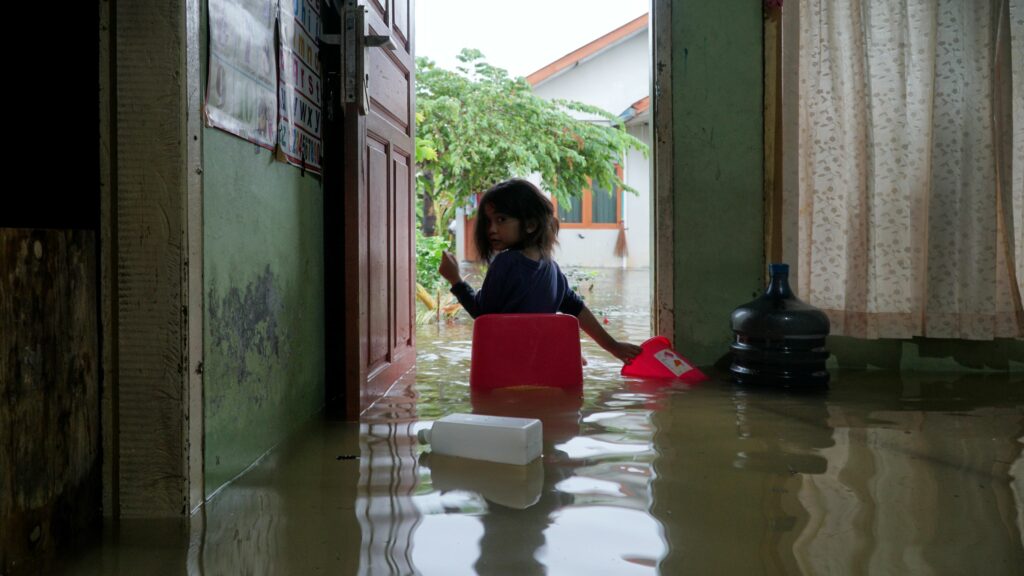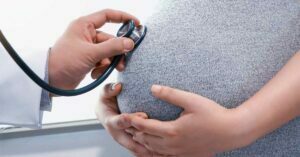With the large amount of devastation from natural disasters in recent years, hospital preparation and planning have become an important aspect of each country’s healthcare strategies and policies. For healthcare providers, dealing with natural disasters such as hurricanes, tornadoes, earthquakes, or even just power outages can be challenging because of concern for the safety of both their patients and staff. Efforts to improve disaster management appear to be a very important requirement in healthcare now.
Natural disasters not only cause damage to people’s properties, but they may also wreak havoc on entire communities. Clinics and hospitals are frequently impacted by natural calamities as they are unable to operate and serve patients. Due to power failures or damaged equipment, these hospitals may close, leaving many patients without proper medical care.
In a number of real and simulated disasters, telehealth technologies and procedures have been proven effective. Telehealth allows medical and public health experts to provide care from afar, avoiding safety concerns that come with on-site care. Telehealth creates a virtual surge capacity, allowing physicians and other health experts from all over the world to help overburdened local health and medical employees cope with the increased demand for services following a disaster. Ambulatory/primary care, specialty consultation, remote patient monitoring, and triage, as well as medical logistics and transportation coordination, are just a few of the telehealth applications used in disaster response.
1. Remote Patient Monitoring in evacuation areas
When people are forced to flee their homes during a disaster such as typhoon or hurricane, telehealth technology such as Remote Patient Monitoring can help them cope. Mass evacuations can have disastrous effects on an individual’s health especially for those living with chronic diseases like hypertension, diabetes and COPD. Due to fear, people are frequently in such a panic to escape their homes that they forget to bring prescriptions, medicines or simply cannot transport heavy medical equipment with them. With the help of RPM, physicians can continuously communicate with patients and keep track of their chronic conditions, as well as prescribe medication to pharmacies near their temporary place of relocation. Moreover, next-generation RPM devices are portable and easy to carry during the times of emergency evacuation. RPM mobile applications doesn’t also require a lot of internet bandwidth to transmit health data to medical practitioners.
2. Acute medical response following a disaster
Acute response in the hours to days following a disaster relies entirely on trained medical workers being present on-scene to handle urgent demands. In this acute phase, telehealth would largely serve as a support function, assisting with triage, transportation, and medical logistics coordination. In this phase, local and regional telehealth solutions would be needed, as national assets often take 48 to 72 hours to reach disaster areas. Additionally, telehealth may have a more direct role during this time. Patients with particular needs, such as those who are ventilator-dependent, could be monitored remotely if dependable communications infrastructure were in place. For this specific disaster telehealth application, modern e–intensive care unit systems could be a viable option.
3. Telepsychiatry for mental health issues like depression and PTSD
Evacuees’ mental health suffers greatly as a result of the stress of leaving home, maybe being separated from loved ones, and the loss of their valuables. During natural disasters and large evacuations, mental health may decline and become a serious issue. For example, Hurricane Katrina forced the evacuation of 80 percent of New Orleans and displaced evacuees for weeks to months. Many storm survivors had mental health issues as a result of this tragedy, the most common of which were depression and post-traumatic stress disorder (PTSD).[1] In recent years, telepsychiatry has seen a significant increase in users, and it continues to grow at a rapid pace. As it expands, we should think about how it can assist those who are dealing with the trauma and mental health consequences of evacuations.
4. Telehealth in chronic disaster recovery phase (months to years)
Depending on the scope and type of the disaster, local health services and infrastructure could be affected for an extended period of time. Telehealth would continue to fill gaps in routine and specialized care, as well as address disaster-specific healthcare requirements like mental health, infectious disease like COVID-19, and exposure to environmental or bioterrorism substances. In 1989, a joint US/Russian telemedicine project called Spacebridge to Armenia became an early example of successfully using telehealth in disaster recovery. After the Spitak earthquake in Soviet Armenia, this innovative project leveraged NASA satellite services to provide telehealth care for several months.[2]
Takeaway
By offering medical expertise from outside the disaster area, telehealth can help to reduce the footprint of disaster medical support. Telehealth has a wide range of possible applications in disaster management, from mitigation/prevention to preparedness/preparation, response, and recovery.
References:
- The Impact of Hurricane Katrina on the Mental And Physical Health Of Low-Income Parents In New Orleans. (2010, April 1). PubMed Central (PMC). https://www.ncbi.nlm.nih.gov/pmc/articles/PMC3276074/.
- Houtchens BA, Clemmer TP, Holloway HC, Kiselev AA, Logan JS, Merrell RC, Nicogossian AE, Nikogossian HA, Rayman RB, Sarkisian AE, Siegel JH. Telemedicine and international disaster response: Medical consultation to Armenia and Russia via a Telemedicine Spacebridge. Prehosp Disaster Med 1993;8:57–66.









